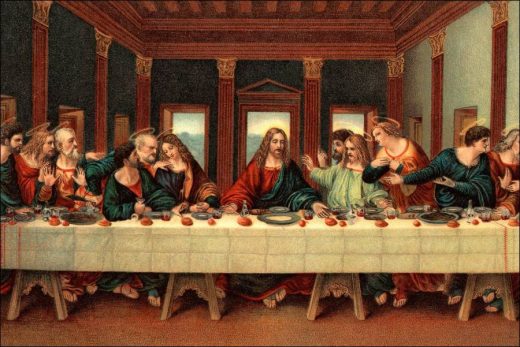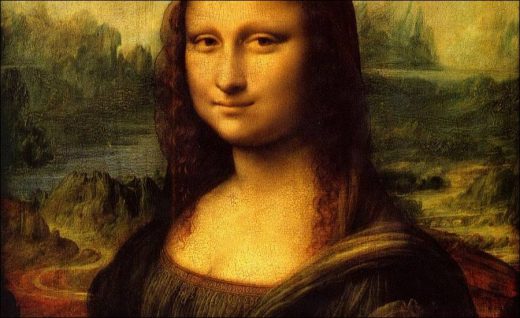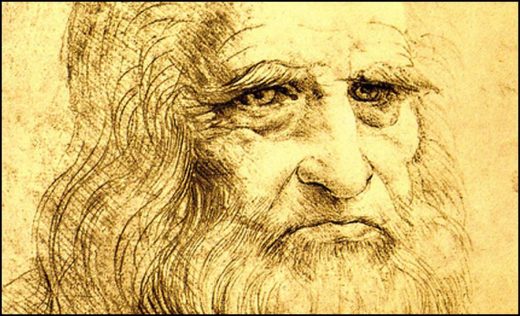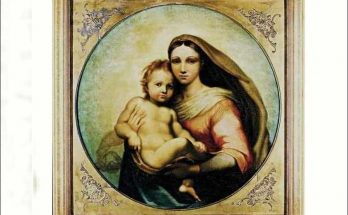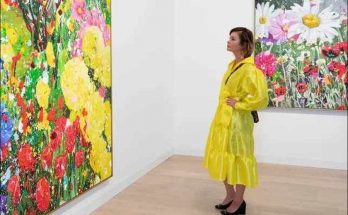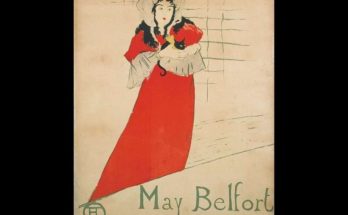It is clear in his works that Leonardo da Vinci was a good ‘reader’. For example, “The Last Supper” is the product of a good reading.
‘Mona Lisa’ or ‘La Giaconda’ continues her ambiguous smile. It is impossible to count the different attacks against the image of the ‘Mona Lisa’, especially in the field of popular culture, from Duchamp wearing a mustache and goatee on his postcard, to his drawing in the shape of a gorilla, from his naked state to his portrayal in various guises in today’s social media environment. A kind of ‘iconoclast’ density, as it is called in art history.
The Last Supper (La Ultima Cena) has many different styles ranging from Renaissance painting, which observes soft expression, balance and symmetry, to Baroque painting with intense light and shadow contrasts between distinctive lines and color tones, to the following centuries and to paintings with the same name, where the context is ‘inflicted’. It is a painting that has been recreated in style. But there are features that make Leonardo’s work different and stronger.
It should not be understood as asking a “fictional” “password” as in the popular book, but what is Leonardo’s secret? There may be various answers to this question, depending on many variables, from the fertile and active environment of Renaissance Italy in many respects to the characteristics of the artist and the work of art. I’ll touch on a little below, but any answer to this question, like any good work of art, will be limited to its own guesses.
The fact that some of the comments have a one-to-one correspondence does not change this fact. Like other good paintings, poems and compositions, ‘The Last Supper’ will appear with a different ‘air’ every time and will never tire of being interpreted. Just like the ‘Mona Lisa’ smile, comments aside, she pushes all the attacks aside and doesn’t miss that mysterious smile on her face! Who really is the ‘tame’?
Reader, writer and artist
Leonardo is an active literate with his curiosity extending from painting to a wide area. These notebooks are full of anatomical drawings of various organs and sketches of the sky. So much so that the curiosity and knowledge reflected in these notebooks left a small number of works behind. However, although he is accused of laziness due to his long work, it should be emphasized that Leonardo’s genius and powerful works are based on the search fueled by the curiosity in question.
This is what places it in its original position in the history of art. It is evident from the drawings that he carefully designed even the smallest work. An example of this is the ‘Vitruvian Man’ drawing by the ancient Roman architect Vitruvius, inspired by his book De Architectura. This approach, which is based on the idea that the perfect beauty of man can be an example for architecture, was effective in the Renaissance in terms of balance and symmetry. In the sketch in question, Leonardo expresses the spiritual and material unity of the human being with geometric shapes.
It is clear in his works that Leonardo was a good ‘reader’. For example, The Last Supper is the product of a good reading: The fact that the painting has a power over the centuries despite the ‘wounds’ it has received over time, as well as those stemming from the artist’s experimentation, also depends on the fact that the ‘moment’ that gives the painting a dramatic movement is well read. The artist has both well read and well illustrated the moment when Jesus announced the ‘betrayal’ at the last supper in the Bible: There is a movement in the painting that can be discussed in detail in this sense. The difference of the painting from the previous ones and the inspirations it provides for the later ones should be sought in these points, among other features of Leonardo painting. What makes him ‘Leonardo da Vinci’ is that he is an artist who reflects on his art along with his extraordinary talent.
Leonardo and the ‘Paragone’
There is a kind of rivalry between the painter and the poet, which became more evident in the Renaissance. The approaches of the ancient poets Simonides and Horatius, which bring the two arts together, as expressed in the lines “Painting is a silent poem, poetry is a painting that speaks” and “Poetry is like painting…” (Ut pictura poesis…), is replaced by ‘encounter’ or ‘conflict’ (paragone). has received.
In his writings collected under the title of Leonardo Picture Book (Trattato della Pittura), he exaggerates painting while attacking poetry: He says that painting appeals to a “more valuable sense” like the eye because it reflects nature more realistically, that he sees dogs barking at dogs in pictures, and that poetry cannot do this. In fact, it is clear that this approach of the great artist is based on the imitation of reality (mimesis).
Although, ‘painting’ with the ‘mimetic’ approach is prominent in the poets of the period such as Edmund Spenser, which is the subject of another discussion. Interesting at this point is the poetry of Leonardo’s paintings. Can his paintings, despite some of their ‘naturalistic’ aspects, be considered a ‘direct’ reflection of reality?
It has aspects that carry the imagination beyond the painted ‘moment’ because: It has increased the mysterious atmosphere of the painting by making the lines vague with its unique shadow technique (sfumato). Elegant, soft and transparent light effects can be easily seen in his works, especially in the ‘Mona Lisa’. In addition, it is necessary to remind the puns in the title of his works such as ‘Young Woman with an Ermine’ (Cecilia Gallerani).
Poetry ‘paragraph’
From this post I will try a small ‘corner’: Poetry ‘Paragraph’. I will try to present a poem or a part of a poet with a paragraph of references. The guest of this article is İsmail Mert Başat’s poem ‘They were absent’, whom we lost recently… Başat, who is from the 68 generation, was a poet who made a valuable effort in a field ranging from political writings to theater plays, from poetry to stories. He wrote comprehensive and in-depth articles on art with his active literate background.
The poem ‘They were absent’ in Başat’s book ‘Deer and Passenger’ presents a touching ‘section of Beirut (‘Middle East’) through the sensitivity of the poet individual. He carries the Beirut of a period, which was the scene of conflicts based on religious reasons and offers a striking example for the ‘Middle East’ in this respect, by pointing to the indifference that is the wound of all times; not ‘yelling’ but ‘touching’ in a poetic way: “I gathered the gods, I burned them in the heart of Beirut/ nobody looked, they were missing/ my shadow was full of holes, I left it on the roads/ I looked at the mountains/ no one came, they were missing/ / I ran through the streets,/ I slapped the patrols of solitude,/ I cried out,/ no one heard, they were absent/ / where does the blood of history flow?/ how many Lots, under Beirut?/ what was the color of the bombs?/ nobody said, they were absent”.
Visits: 114
